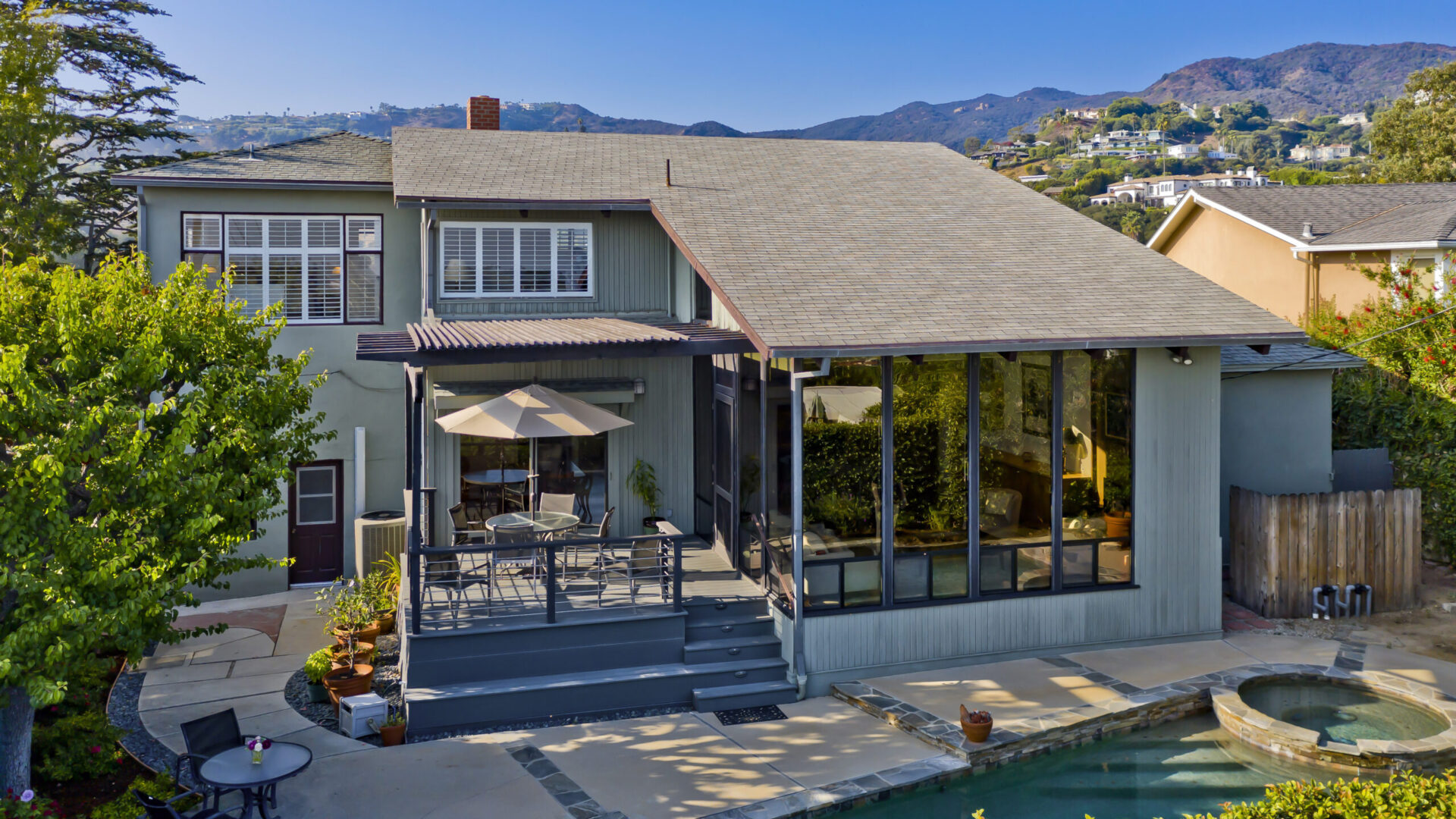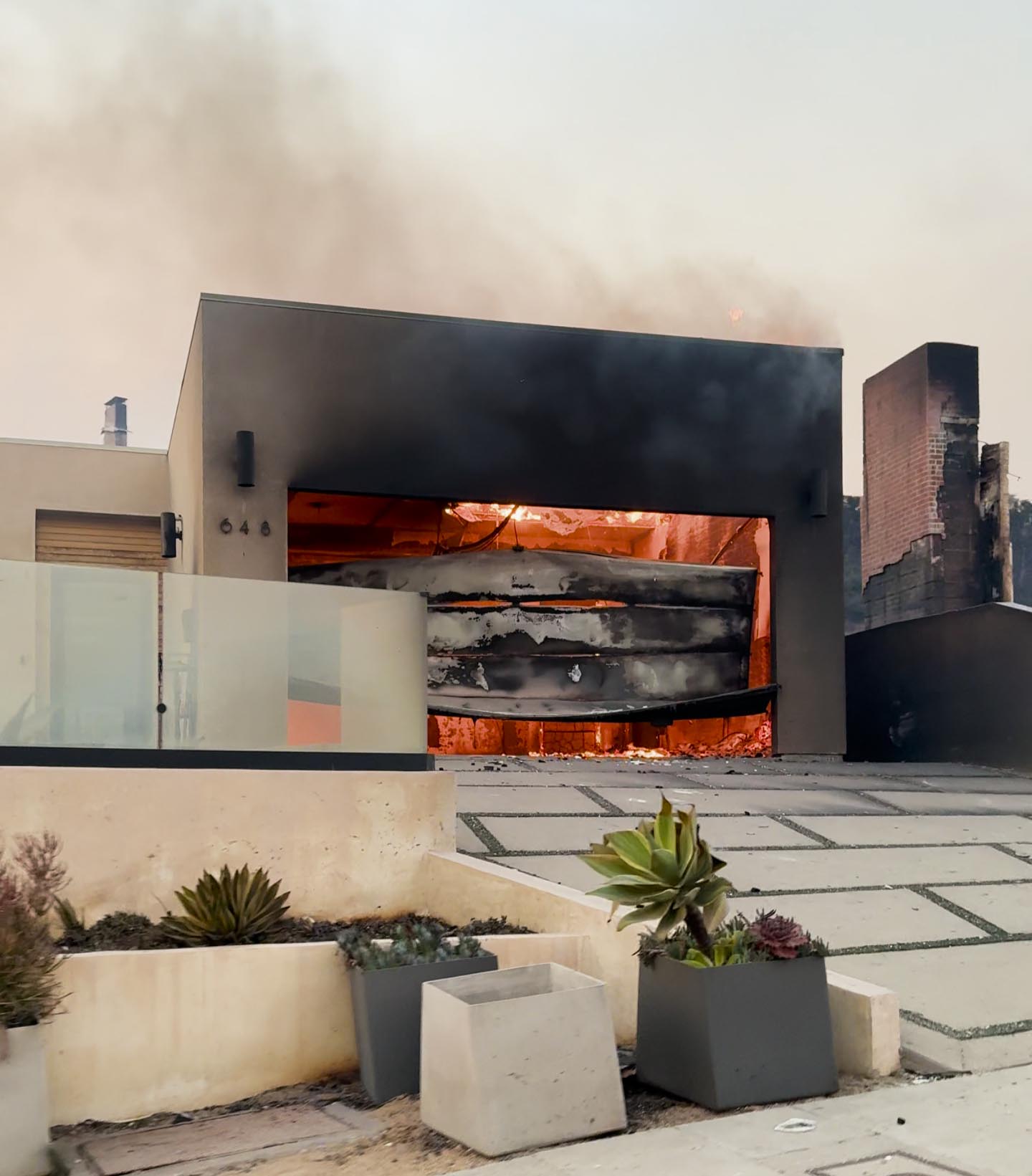One constant in life and real estate to expect is continuous change. Even when the real estate market seems to only be heading upward, underlying changes are usually beginning. Historically the market has undergone major cycles every 8-10 years and many observers believe we are about at the point where another such period may begin. Yes, there are usually some signs that change is beginning. However, most often it is noticed in the rearview mirror, perhaps months after the transition has already started.
Here are seven potential indicators to expect: increasing inventory as compared with a decreasing rate of sales, a higher percentage of escrows falling out, fewer multiple offers, an increase in re-negotiation during escrow, a greater number of price reductions before offers are made, listings expiring or being taken off the market, and a decrease in the sale-to-list price ratios.
The Current Situation
Careful observation of the current real estate market shows some evidence of all these changes as we approach the new year. How much of this may be due to the typical market slowdown in December is unknown. However, caution signs are on the horizon.
Homeowners who decide to sell during this time of maximum home values will benefit by being less aggressive in their expectations of the market than some have chosen to do recently. The gradual erosion of underlying market strength that had led to multiple offers on a high percentage of listings has become apparent. Also, even when multiple bidders exist, fewer are seen to engage on most listings, even when well-priced.
Though some strategies can be used to maximize the energy of multiple offers, it has become more challenging in today’s market even when a careful system is implemented to achieve this goal. Hence it is even more important to set the list price optimally to encourage multiple offers, yet not too low that will leave money on the table in the process. The agents most seasoned through having experienced and managed many such situations during the last several years will likely outline and help design an approach that may yield maximum results for any particular listing.
Another element to consider in pricing correctly is the seller’s “window of opportunity”. The average time on the market in Pacific Palisades is now about 3-4 weeks. During slower periods years ago, it was as long as four to six months. Sellers may say they do not care how long it takes to sell their home and are willing to wait as long as it takes to get the price they want. However, if it remains on the market too long beyond the “window”, it is gradually perceived as having less value.
Though proper pricing is essential, it is not the only element to consider in attaining the best results. Some homes do not do as well or even fail to get sold due to the way a house is prepared and presented, how well it is marketed, failure to take into consideration some of the locational elements, and in some cases, insufficient information for buyers to know about in a timely manner.
Ideally, a collaboration between the sellers and an agent who experienced the difficult market of 2008-2012 will lead to an overall strategy considering all the relevant factors they can anticipate. Such a process will optimize the seller’s bottom line and minimize unexpected bumps along the way.
Take a close look at what has been happening in the world of real estate around the Palisades for the last year or more. There were almost 20% fewer homes sold than we experienced in 2022, whereas there were more than a 40% greater number of homes leased than in 2022. Moreover, there are now twice as many homes for lease than there are homes for sale in Pacific Palisades.
Some Key Questions and Issues
This is a huge difference. How can we explain such divergences? What changes will need to occur for the market to shift back in the more balanced direction it used to be?
Are we experiencing a market that now favors buyers, since the local price levels are a bit lower than they were in 2022? That seems unlikely. Even at the lower rate of sales, the number of homes available for purchase would have to more than double from what they are as of the beginning of 2024 for us to have a market we could define as being in balance between sellers and buyers.
The median Palisades lease price is now about $10,000 per month, which is 5% lower than a year earlier. Can we expect lease prices to continue to be lower, due to the much larger inventory than we had last year? This too may be unlikely, since the market demand for leases has continued to be so great.
Some of The Answers
The answers lie in the various factors that have limited the number of homes available for potential well-qualified buyers to purchase here for the last 8 years.
On the buyer’s side, inventory shortages had resulted in an increasing number of multiple offers, and almost every month we saw prices increase as a result. Gradually the higher prices dampened sales until the latter part of 2020, when the government measures to increase economic activity also accelerated the rate of home price increases. Inventory was bought up faster than new listings became available, which led to the frenzy of purchases in 2022.
Buyers today face the twofold challenge of prices being significantly higher and at the same time that interest rates are about twice as high as they had been for a brief period. Thus many of them have leased rather than purchased in order to live in the Palisades.
On the seller’s side, four factors are keeping the inventory of homes far below where historically would have been expected.
- Capital gains taxes are increasingly greater as the market prices continue to increase. Many long-time owners have chosen to remain in place rather than move to what might be a better quality of life, in order to preserve family equity.
- Although many long-time owners do not have loans on their homes, most of those who do have refinanced at the historic low interest rates of 2021-2023. They feel frozen in place by the much lower monthly rates which would be lost if they sold their home to buy another.
- Continuing advances in mental and physical health care have enabled people to choose to remain in their homes for much longer than was the case years ago.
- Many families are financially able to move elsewhere and obtain high monthly income from the strong leasing market.
What Changes Have to Take Place?
If interest rates do moderate through 2024, which is widely anticipated, more buyers will be able to afford homes at the higher prices. This in turn might encourage more current owners to sell and move elsewhere, using the lower cost of money to purchase. Also, the higher sale prices attainable may lead to some owners recognizing that a buyer would essentially be paying for a chunk of the capital gains taxes, and thus a lower cost of selling.
Over a longer period, of course the usual reasons for homes becoming available will continue to increase. Job transfers, divorces, health and age-related situations, etc might equal the increase in buying pressure as the millennial generation has growing family needs that lead to a greater demand for housing.
What will remain unknown for quite a while is whether the leasing market will have another cycle of significant price correction, or if the appeal to living in the Palisades leads to prices reaching even higher price levels despite the monthly costs.




